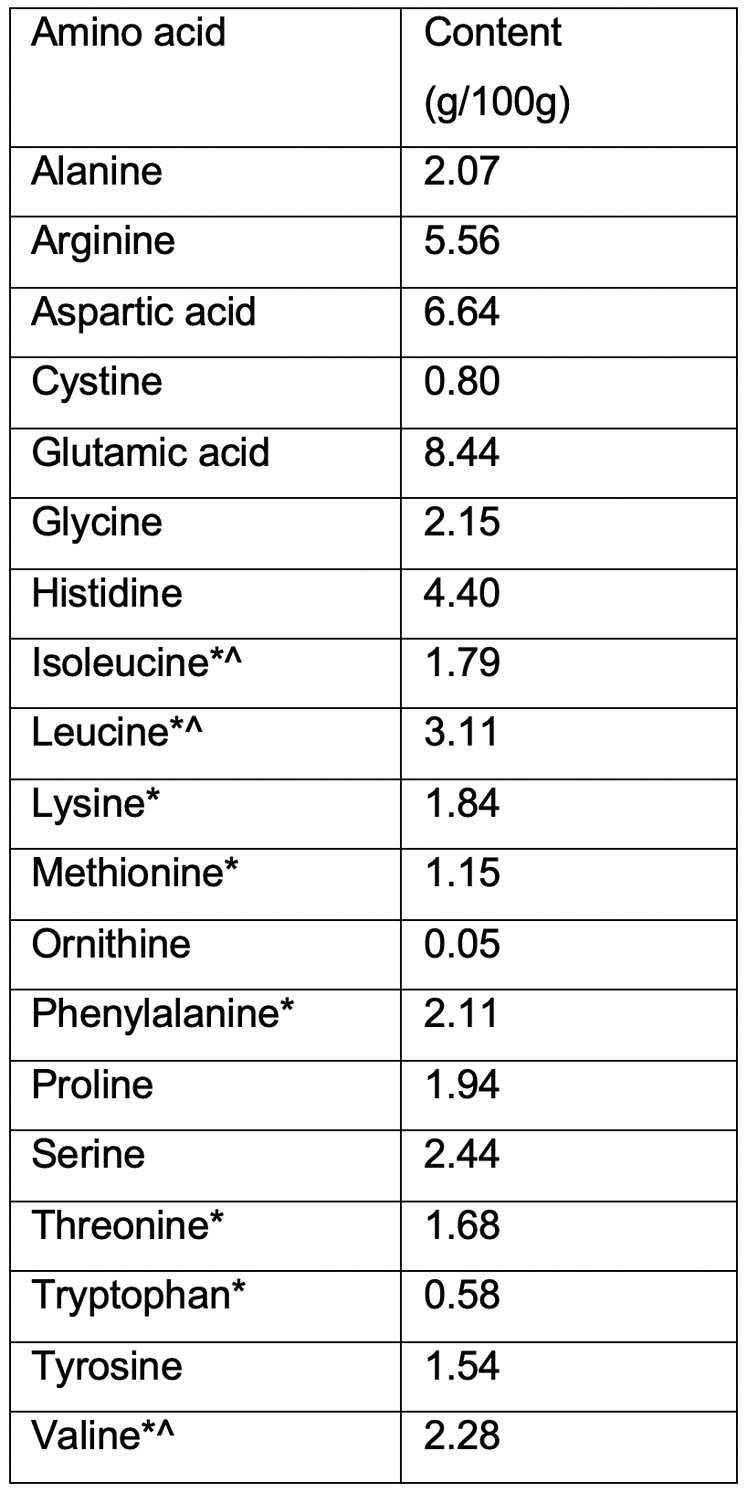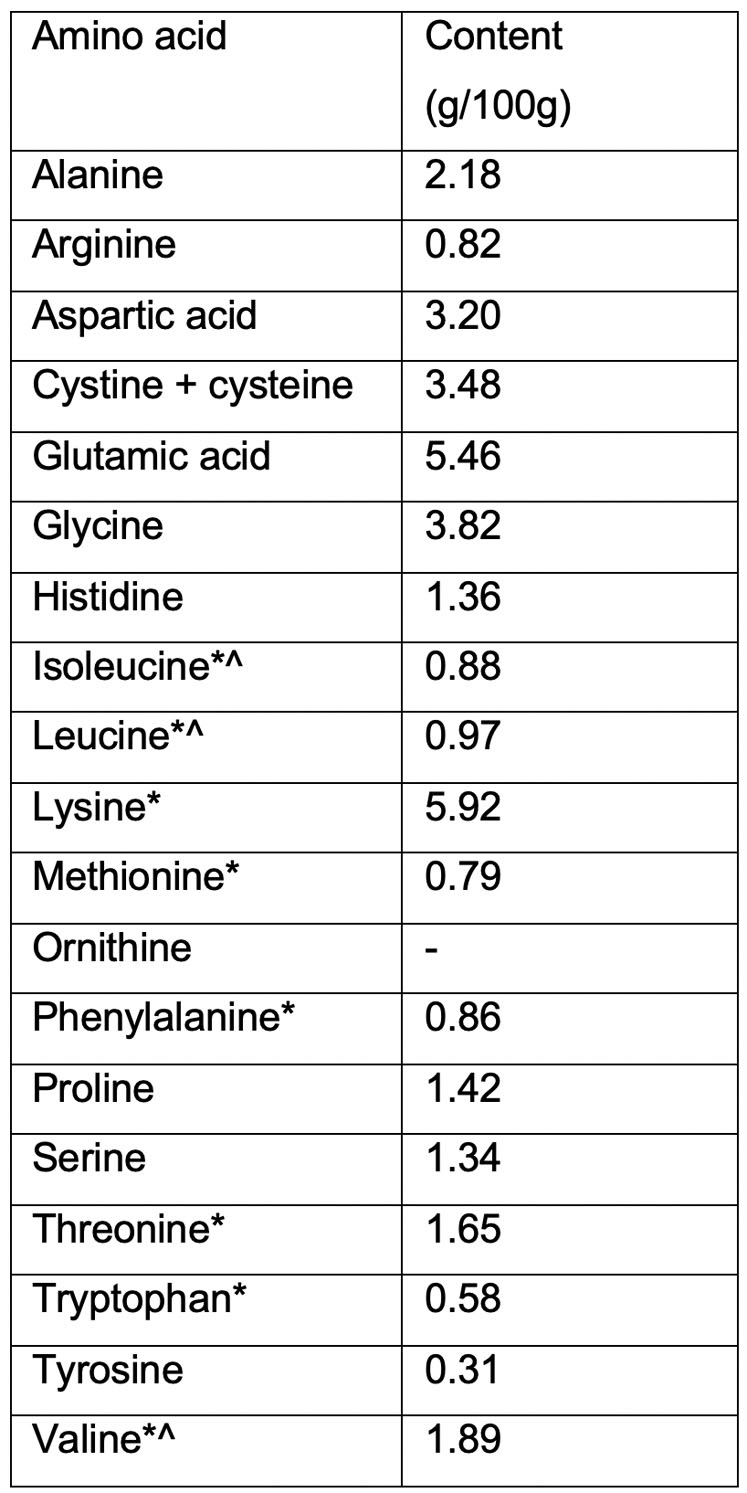As global warming is no longer a debatable hypothesis and because its consequences are increasingly both visible and harmful, we must tackle the challenge of feeding almost 10 billion people without making the planet inhospitable for our species.
Notwithstanding the environmental impacts that producing our food can generate, simply looking at nutrition — to eat or, rather, to eat properly and provide the body with the nutrients that it needs and do this without shortcoming or excess — is no longer the relatively uncomplicated concept that it used to be.
As figured out by the French agency, ANSES, our protein requirement changes during the different stages of a human lifecycle. For example, pregnant or lactating women must adapt their diet to their condition (70 g of protein per day or 1.2 g per kg of body weight per day).
The same is true for seniors who, to avoid age-related illness and reduce their risk of sarcopenia, must modify the quantity and quality of ingested protein (1 g of protein per kg of body weight per day with a focus on branched-chain amino acids).

Table I: Vi-HempPro aminogram (*=essential amino acids, ^= branched-chain amino acids)
This is important for seniors who may not be able to feed themselves properly. For them, plant proteins represent a perfectly valid option. Plant proteins are more beneficial to those people who are younger than 60 years and must consume the equivalent of 0.83–1.2 g of protein per kg of body weight per day. It can represent between 10% and 27% of our daily energy intake.
From a qualitative point of view, if it is understood that animal proteins are more digestible and richer in essential amino acids, their advantage must still be weighted with regards to quantity. It has been proved that our Western-style diet, which is rich — possibly too rich — in animal proteins, is the root of one of the most worrying health concerns in our modern world. It has been demonstrated that the overconsumption of animal proteins puts the health of our kidneys at great risk.
Published studies based on the National Health and Nutrition Examination Survey (NHANES), from the North American Centers for Diseases Control and Prevention, indicate how the silent development of chronic kidney diseases is ongoing.
Just to illustrate this point, let’s consider the period between 1999 and 2000; in the United States, there were 50% more cases of end-stage kidney disease. End-stage kidney disease means that the only treatment option is dialysis while waiting for a potential transplant.
In addition to having a negative impact on our health by overconsumption, animal proteins also have a negative impact on the environment. For instance, it takes more than 10 kg of vegetable protein to produce 1 kg of beef protein. In addition to the enormous amount of water consumed, the methane released by these ruminants represents — during a period of 100 years — 25 times the global warming potential of carbon dioxide.
Connecting the well-being of humans and the planet has always been one of the founding principles of Vidya Herbs. This particular duality takes many desirable forms, such as the development of organic ingredients, ecofriendly manufacturing techniques and the protection of natural resources such as water, etc.
In fact, it was a natural progression for Vidya Herbs to look at vegetable proteins. The first two proteins on offer — hemp protein (Vi-HempPro) and coffee protein (Coffee Pro) — are part of this dualistic approach.
Hemp protein
Our hemp protein, whose seeds are selected, cultivated and processed in France with total traceability, comprises part of Vidya’s Full iD environmental and qualitative approach; the cultivation of this oilseed requires only low-intensity agronomic practices with few inputs and little water. In addition, both seeds and stems are valuable, generating very few by-products.
Vi-Hemp Pro is gluten- and THC-free and is characterised by its 45% protein content, its fibre content and its polyunsaturated fatty acid ratio (w6:w3 = 4). It is also low in digestible carbohydrates. Vi-Hemp Pro™ has the distinction of being rich in sulphuric amino acids such as methionine and cystine, as well as arginine, which has cardiovascular benefits.
The hemp proteins are mainly of two types, 60–80% edestin and 25% albumin. Its essential amino acids profile is comparable with other high-quality proteins, such as casein and soy protein, and are sufficient to meet the Food and Agriculture Organization (FAO)/World Health Organization (WHO) suggested requirements for 2–5 year-old children (Table I).1

Table II: Coffee Pro aminogram (*=essential amino acids, ^=branched-chain amino acids)
Moreover, it’s pretty, green in colour and has a pleasant nutty taste, which makes it ideal for both sweet and savoury recipes. Vi-Hemp Pro can be incorporated into many formulations to enrich them with protein and to replace some or all of the extant animal protein.
It could be used in dry forms such as cereal bars, breading, crackers and cookies, and in liquid forms such as vegetable milks, vegetable yoghurts and, of course, vegan products. Vi-Hemp Pro is also easy to digest, which is important for active people such as sportspeople, etc.
Coffee protein
When it comes to using coffee as a raw material, our approach is a little different … but is very much part of the same mission to limit our environmental impact. Coffee is one of the most significant agricultural products on Earth. Yet, not all of its famous beans end up being used to produce that well-known and much appreciated beverage. Again, it is a question of maximising the value of a renewable resource as per Vidya's Full iD quality approach.
Coffee Pro contains at least 30% protein and is a true innovation. Gluten- and caffeine-free, it’s rich in sulphuric amino acids (Table II). Coffee proteins are mainly legumin-like proteins, comprising two subunits (α and β).2
A very discreet aromatic note derived from the coffee process can be added to Coffee Pro. This makes it a very pleasant protein to consume and, at the same time, enhances of the flavours of dried fruits such as hazelnut or even chocolate.
With a soft creamy colour, it is unobtrusive in any recipe and can be integrated alone or as a substitute for animal protein in both sweet or salty formulas. With these first two plant proteins, Vidya continues to be part of an innovation process for plant-based macronutrients and it’s more than likely that these will not be the only ones.
References
- Q. Wang and Y.L. Xiong, “Processing, Nutrition, and Functionality of Hempseed Protein: A Review,” Comprehensive Reviews in Food Science and Food Safety 18, 936–952 (2019).
- S.M.T. Bau, et al., “Seed Storage Proteins in Coffee,” Rev. Bras. Fisiol. Veg. 13(1), 33–40 (2001).




